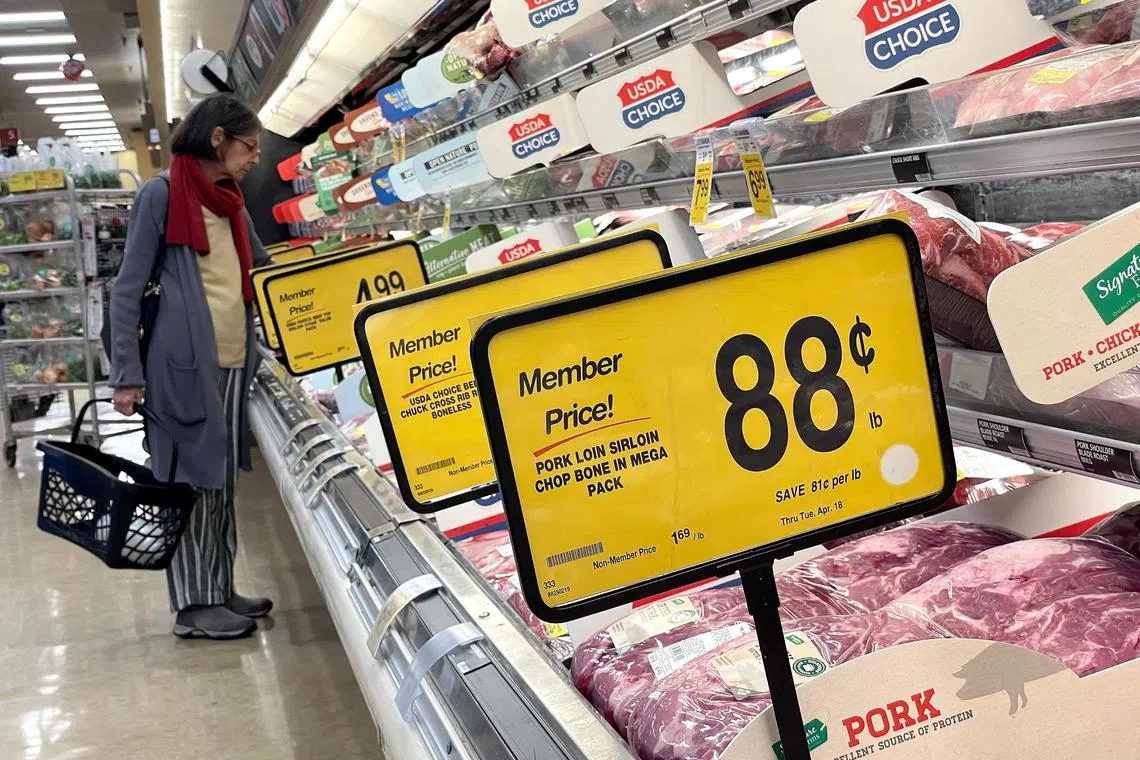Surprise $531 car repair bill? Poll shows most Americans lack the cash to pay for it
Sign up now: Get ST's newsletters delivered to your inbox

Only one in three Americans have cash on hand to cover emergency expenses, according to a new poll.
PHOTO: AFP
Follow topic:
WASHINGTON – Most Americans do not have the financial resources to cover a surprise expense of US$400 (S$531) without taking on debt, according to a new survey.
Just over a third of respondents said they have cash on hand to cover the expense, and the figure rises to 48 per cent when it includes those who said they would use a credit card but would pay it off immediately before incurring interest charges, according to a poll conducted by decision intelligence company Morning Consult for Bloomberg News.
Among the remainder, most said they would borrow via cards or some other kind of debt to meet the expense, while 17 per cent said they would not be able to pay it at all.
The data highlights widespread financial fragility, even in an economy with unemployment at near 50-year lows, and the erosion of the savings cushion that some households built up during the Covid-19 pandemic.
It also shows how many Americans could be pushed into taking on more debt – even as interest rates surge – by a relatively commonplace event, like the need to repair a car or appliance, or a medical bill.
“We’ve had two really strong years of jobs growth, and there has been a lot of coverage of wage compression, with lower-income earners actually experiencing more rapid wage growth,” said Mr John Leer, chief economist at The Morning Consult.
“And despite all of that,” he said, “there is still a group of predominantly lower-income adults who are extremely vulnerable.”
The findings show that millions of families, if they were faced by an unexpected US$400 expense, would not be able to pay some of their other bills.
What’s more, the inability to pay is not confined to the lowest-income households.
About 20 per cent of the middle-income bracket – those with incomes between US$50,000 and US$100,000 – said they could not cover a US$400 expense with cash or equivalents. The figure was 8 per cent among those who make more than US$100,000.
The poll results are similar to the US Federal Reserve’s Survey of Household Economics and Decisionmaking, known as the Shed survey.
The poll shows that emergency expenses are not that uncommon.
Overall, 44 per cent of respondents said they incurred such an expense in the prior month, with the most frequent cause being vehicle-related costs, followed by medical bills.
The median size of an emergency expense was US$483, and many respondents reported that they had been hit with more than one such expense.
The changing structure of the labour market, with more people reliant on gig work, may also be adding to uncertainty around income and making budgeting harder, according to Ms Sofia Baig, an economist at The Morning Consult.
Those kinds of work arrangements also leave many families dependent on unscheduled and likely higher-cost childcare,
The Morning Consult survey was conducted between April 12 and 16 among more than 11,000 respondents. BLOOMBERG

